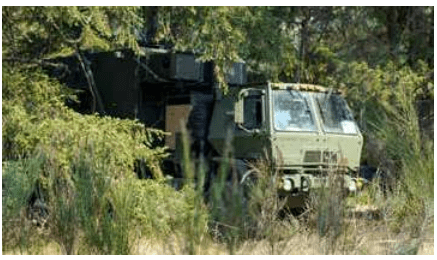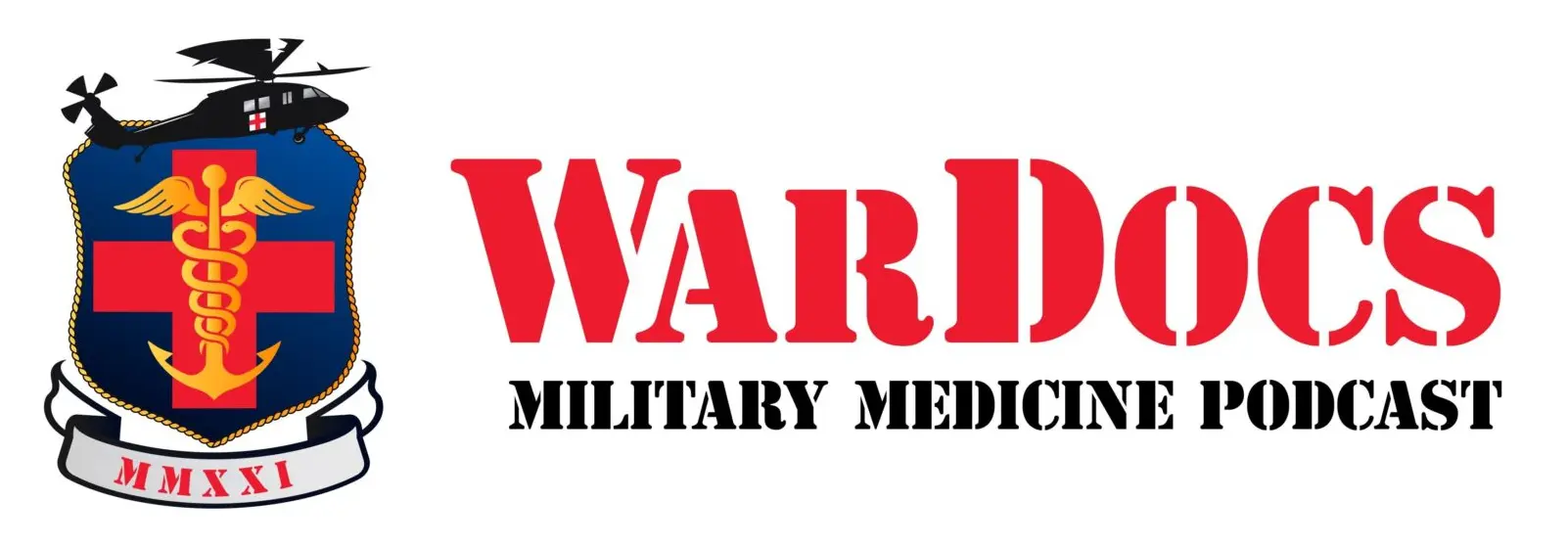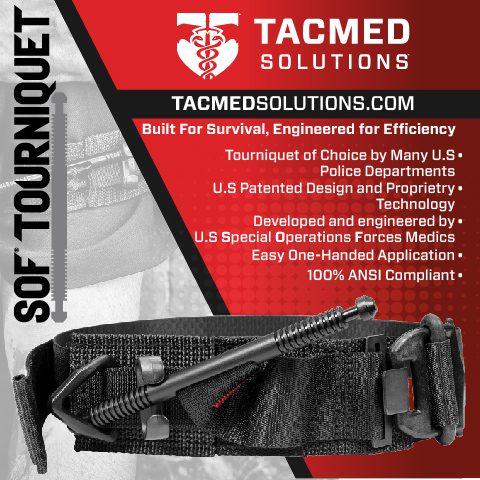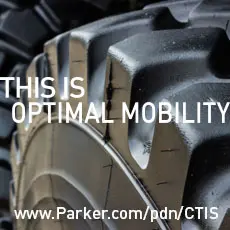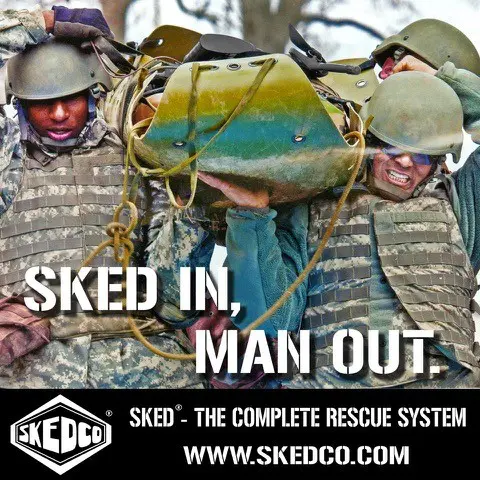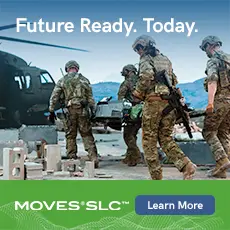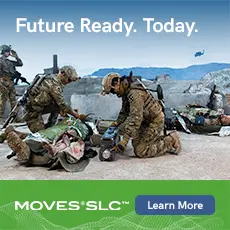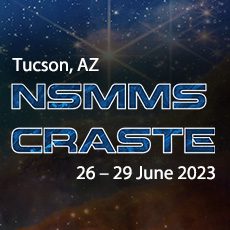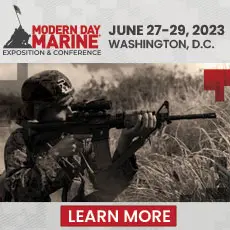A U.S. Army CP12 M1087 Mission Command Platform (MCP) produced by Elbit System of America and fielded to the 1st Stryker Brigade Combat Team, 2nd Infantry Division. Elbit America has delivered 25 MCPs and CPSVs to date and is under contract to deliver 24 more through July 2024. (Elbit America)
DEFEATING ADVERSARIAL TACTICS WITH SUPERIOR OPERATIONAL FLEXIBILITY
Elbit America, a division of Elbit Systems, Inc., is working closely with the U.S. Army to ensure current and next-generation Soldiers are equipped regardless of enemy or operational environment.
By Brad Reeves, C41 Business Segment Director, Elbit America
The years-long NATO-led Peacekeeping Operation was winding down when the Eastern-backed Adversary suddenly resumed hostilities with its neighbor. To help bolster the Western-allied host nation’s defense, a United States Army Stryker Brigade Combat Team (SBCT) was swiftly deployed to the region. The introduction of the highly mobile and lethal formation significantly impacted the Adversary’s ability to advance its offensive operations.
Seeing their offense stalled, the Adversary changed tactics to focus on a perceived weakness of the SBCT formation. Rather than concentrate its efforts on a direct engagement of the SBCT’s battalion formations, the Adversary instead deployed small teams of Special Operations Forces (SOF) to disrupt the U.S. command and control (C2). Using unconventional tactics, the adversary fixated on finding and destroying C2 nodes. The Adversary assumed these to be softer targets, easily neutralized due to their lack of maneuverability. Without effective command and control, the adversary hoped that U.S. forces would shift from offense to defense, and lose the initiative.
REVOLUTION IN BATTLESPACE COMMAND & CONTROL
To the Adversary’s surprise, the SBCT was equipped with the U.S. Army’s modernized battlefield C2 solution – the Command Post Integrated Infrastructure (CPI2). The CPI2 solution is composed of vehicle mounted Mission Command Platforms (MCPs) and Command Post Support Vehicles (CPSVs)
The CPI2 solution is a result of the U.S. Army’s assessment that legacy tent-based headquarters (HQ) are too large, too static, and vulnerable to surveillance, detection, and attack. The SBCT is just one of many formations and HQ from corps to battalion, to receive the mobile command post solution. Upon insertion, the Adversary SOF teams reported the SBCT was employing mobile command vehicles rather than the tents for its C2 operations. While the CPI2 is mobile, the enemy still assumed that the CPI2 and MCPs hosting the battle staff functions would remain vulnerable. This assumption proved to be invalid.
Able to keep up with the maneuver elements, and with rapid emplacement and displacement times, the CPI2 solution kept headquarters operations one step-ahead of the Adversary’s ability to find, fix, track, target, and engage the brigade and battalion C2 nodes. Each set of CPI2 vehicles included truck-mounted shelters and CPSV – essentially server rooms on wheels. The CPI2 platforms can be up and running in hours rather than days, as the legacy tent-based command posts had required.
DIFFUSING SYSTEM THREAT VULNERABILITY
An additional benefit to the SBCT is that CPI2 provided the capability to be tactically decentralized. Clustered C2 operations were extremely susceptible to catastrophic destruction as entire nodes could be destroyed at once; dispersion enhances survivability.
During the operation, a forward deployed Observation Post (OP) visually detected a small drone approaching the vicinity of the SBCT HQ. The OP immediately alerted brigade HQ and, in accordance with established battle drills, the SBCT executed a displacement to a previously identified alternate location. What had taken a legacy tent based Command Post (CP) hours to execute was completed in minutes. This mobility contributed to the increased survivability of the CP by avoiding the potential of inbound artillery or other munitions.
The SBCT’s only CPI2 vehicle casualty during the operation was caused by a traffic accident when Brigade’s Main CP CPSV was damaged and its mobility beyond repair. With the vehicle inoperable, but the command post servers and various communications devices still intact, the unit was quickly able to create a makeshift Main CP CPSV from an MCP due to the standardization of the design and components throughout all the CPI2 platforms.
Unable to disrupt the SBCT’s command and control operations and stem the unit’s effective maneuver operations, the Adversary eventually lost all its tactical momentum and combat power. The Adversary was eventually forced to withdraw within its own borders and hostilities were ended. Long sought regional stability was achieved.
